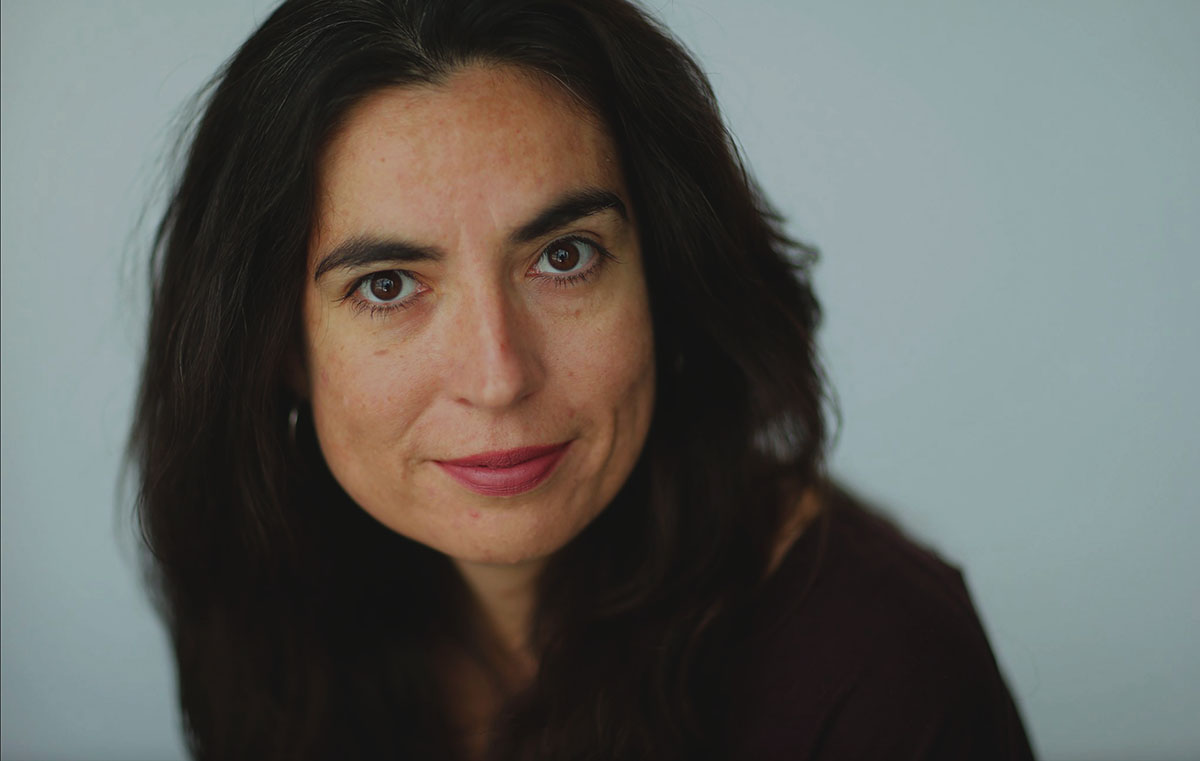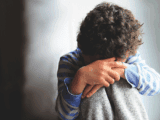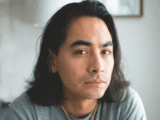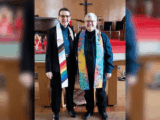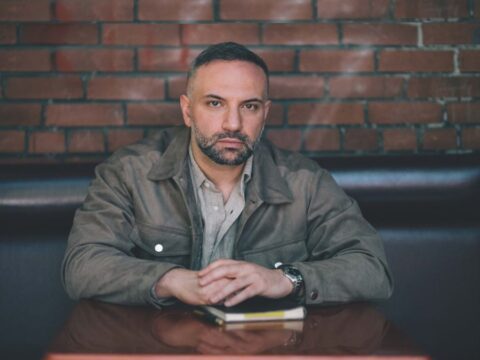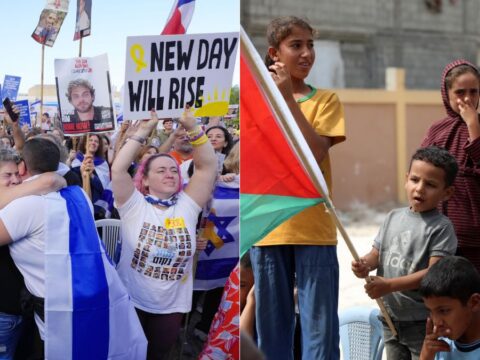Q How did you end up writing this book?
A I went up to Thunder Bay to do a story on the [2011] election. . . . I wanted to write a piece on why Indigenous people were not voting in federal elections. This was before Idle No More, before Justin Trudeau [became prime minister], before more Indigenous people were candidates in this country.
You may unsubscribe from any of our newsletters at any time.
I went to interview Stan Beardy, the grand chief of Nishnawbe Aski Nation, which is a political organization of 49 First Nations. I started to ask him about the election, and he asked me why I wasn’t writing stories about Jordan Wabasse, a 15-year-old student from Webequie First Nation who had disappeared.
It was during that exchange, as it became clear that Stan was not going to answer my questions, that I put aside my manic journalist self and listened to what Stan was trying to tell me.
Q Jordan Wabasse is one of seven teens who died after leaving their home communities to attend high school in Thunder Bay. How is the city’s history critical to understanding their deaths?
A There was a residential school in Thunder Bay for a very long time, St. Joseph’s [run by the Catholic Church]. The residential schools themselves were racist entities. They were there to assimilate Indigenous people into mainstream Canadian culture. You can see the seeds of racism in the residential schools, of which there were 17 in Ontario, including 15 in northern Ontario. They all left people with intergenerational trauma; they made Indigenous people feel as if they were not worthy.
There’s a long history of people being called names or being told to “go back to the rez” when they are walking down the street in Thunder Bay. The history of racism runs deep in that community and in many others.
Q What is the legacy of the Indian Act on Indigenous education?
A The Indian Act, a piece of paternalistic legislation passed in 1876, governs everything about Indigenous people’s lives in this country. One of those things is education. The Indian Act paved the way for Indigenous people to be put into residential schools. There were 150,000 Indigenous kids who went through the residential school system from the mid-1880s to 1996 — so generations and generations of families and children.
It took years, but eventually all the residential schools closed. Yet the Government of Canada still remains in control of education for Indigenous people. There are funding gaps. Education funding is not the same for Indigenous and non-Indigenous kids. For a long time, there was a two-percent funding cap on annual increases in First Nations spending by the federal government, and as far as I know that cap is still in place.
Q In your words, “The dead tell their own story.” What is the collective story of the seven youth?
A It’s a story about how these students were each their own people; they were each loved by their families and communities. Their families and communities hoped that they would become beautiful young adults and live full lives. And that didn’t happen. The reason why that didn’t happen is a failure of all of Canadian society. We all failed to keep them safe. We all failed to make sure there was a proper education system for them. We all failed to protect them from the effects of intergenerational trauma from residential schools.
Q These failures are familiar. We’ve had inquests and reports and recommendations. What needs to be done to create real change?
A We have to be serious about reconciliation. That means big steps. We have to honour the treaties that built this country called Canada. Part of that is making sure the nation-to-nation agreements stand. We have to treat Indigenous people and the treaties with the same respect we would any other people or government. There are 634 First Nations across the country; each one of those is its own nation.
Over 100 Indigenous communities across Canada do not have clean water. How many communities do not have appropriate schools for their kids to go to? Many have elementary schools, but high school always becomes a problem. These are basic things.
Jordan’s Principle is a private member’s bill brought forward in Parliament in 2007 to make sure all First Nations children receive the same access to social services and health care — without delays or disruptions — that every other kid in Canada does. It was unanimously passed in Parliament. Yet it still hasn’t been fully implemented. Cindy Blackstock, executive director of the First Nations Child and Family Caring Society of Canada, has been tirelessly fighting for it, along with the Assembly of First Nations.
There have been three non-compliance orders handed down to the Canadian government by the Canadian Human Rights Tribunal. The fight is ongoing after 10 years.
Q What was it like for you as a mother to write this book?
A How can you imagine sending your children away at 14 or 15 years old by themselves to go to high school 600 kilometres away, in another language, without very much money, living with a family you probably don’t know?
What the mothers have been through is so difficult. It shakes you to the core. What I’m always amazed by is the resiliency of the families, friends and communities of the seven youth. They loved their kids so much, they’ve been through so much heartache and pain, and yet they’re telling their stories because they don’t want others to go through the same thing.
Q I was moved to learn the story behind the title and cover art of your book. Can you talk about that?
A The title is from the painting by Christian Morrisseau, who is one of the parents [of the seven youth] — Kyle Morrisseau. Christian was sick and tired of people in the media, people everywhere, referring to “the seven dead students.” He felt that it wasn’t right. Each child was their own person; they had their own lives. But their identities were being lost by the catchphrase “the seven dead students.” It was a friend of his who suggested the title Seven Fallen Feathers for a painting he was making. It was a painting of a cross leaning over to the afterlife; all seven students are at the bottom of his painting, and they are going to meet their elders who have gone to the afterlife. That’s the painting that graces the front of the book.
Of course, Christian is the son of Norval Morrisseau, one of the most gifted Ojibwe artists this country has ever produced. I was very honoured. It feels many hands and voices put this book together.
Q You end your book with a question: “Can the settlers and the Indigenous people come together as one and move forward in harmony?” I’m curious to know your response.
A There’s always hope, and there’s no choice here. This is the way it is. The Indigenous people who are here have always been here. And the settlers are here. In order to make the land we all occupy better and stronger for all our kids, we have to work together. And I hope that’s going to happen.
This interview has been edited and condensed.

